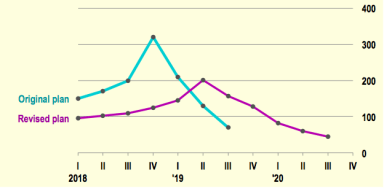
Last version published: 07/01/2021 09:03
Publication number: ELQ-11221-6
View all versions & Certificate

Dates and Timelines in Excel Financial Models
Financial models use dates and timelines very extensively, so it is important to become familiar with relevant functions
Further information
This tool adds flexibility in modelling date and timeline assumptions
Financial models which deal with time schedules, periods, intervals etc.


